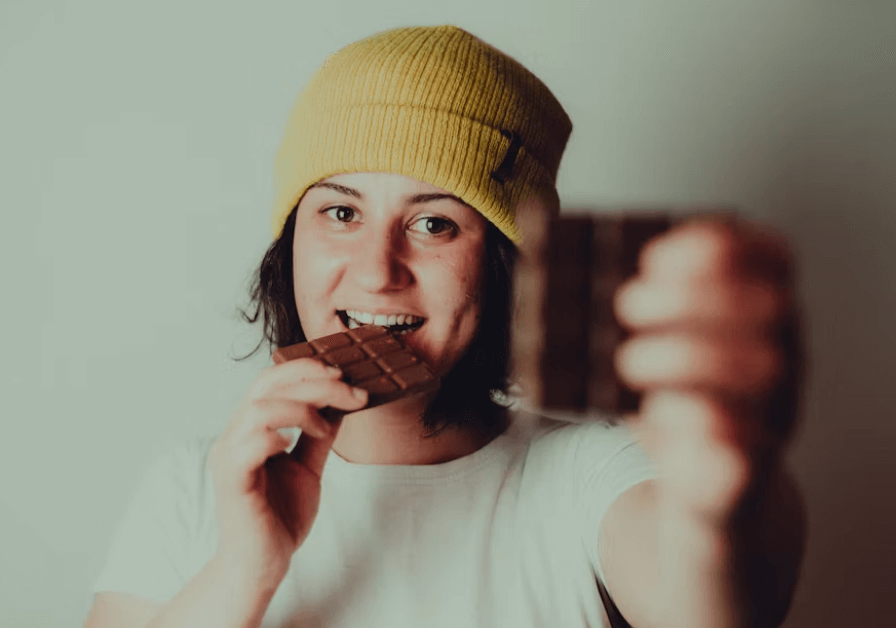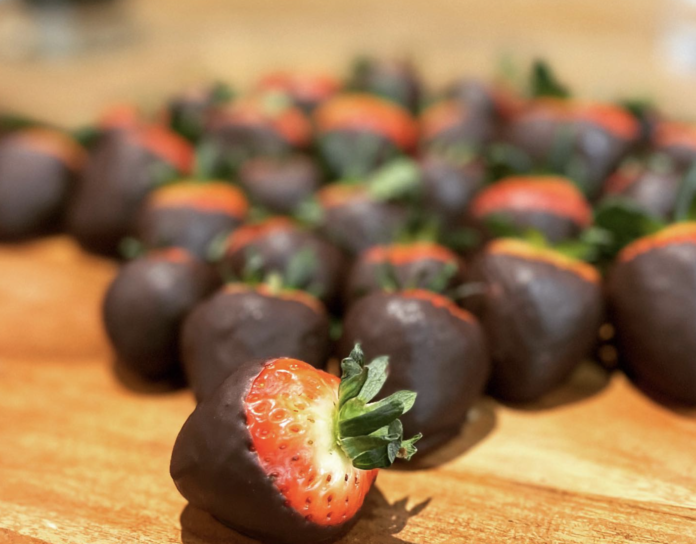Ever Get so Inspired you had a ‘Chocolate Epiphany? Honeymoon Chocolate Wants to Help you
Have you ever felt better after a good meal? The flavors that linger. The euphoria that captures your attention. You’re inspired. You can’t help but smile.
Today we’re talking with Honeymoon Chocolates’ Cam Loyet.
You use the phrase ‘Chocolate Epiphany’. What does it mean to you?
So up in Bloomington, Illinois, where Hayley and I met there’s a restaurant called the Epiphany Farms it’s farm to table. It’s expensive because you’re getting the highest quality meal. We were only college students. So we really couldn’t afford it, except for once a year. Every meal I had there, I had what seemed like this Epiphany with food where everything tasted better than any meal I’d had in the last 4 weeks. It was just incredible and we hope that you know our chocolate can do that for our customers.
It’s this experience where only a single bite can tide you over or a little bit goes a long way, because not only was the flavor so incredible, but it lasts 5 or 10 minutes, the flavor in your mouth just lingers.

That’s where “Chocolate Epiphany“ comes from being sweetened with honey. It doesn’t have to be sweetened with cane sugar.
Honey is as local as it gets and it’s as unrefined as it gets with the sweetener completely untouched, raw unfiltered honey.
A lot of our competitors use coconut, sugar, monk fruit or stevia, and those are all processed ingredients, one way or another. Even cane sugar is processed.

So we’re doing our best to create this experience through chocolate and communicate with our customers; and hopefully it becomes an epiphany in the process.
Honeymoon chocolate is a love story, a health story, a delicious flavor, story and an environmental story. What else can we add to that?
It’s definitely a love story, my girlfriend at the time, now my wife; we met at Illinois Wesleyan University, and started this crazy business of sweetening chocolate with local honey. Yes, we need chocolate with local honey. And it’s a bittersweet journey. We instantly found out all of the trials and tribulations of owning our own business.
Also the cocoa supply chain. It’s a lot like the diamond industry where there’s a lot of slave labor and a lot of issues with those who really do all the hard work and effort. There’s a lot of effect we can have as we scale.
Yeah, a love story. It;’ sweet. It’s romantic. That’s one of the main reasons why we named it Honeymoon Chocolates because it always has its place at romantic events.
We do our best to attract those who want to gift our product. A lot of our customers do gift our chocolate.
It’s environmental as well. It’s all compostable packaging. We have a goal of using only clean energy in the future, but again, it continues to be bitter sweet because chocolate is a very power hungry industry. It takes a lot of effort and energy to manufacture chocolate. It takes a lot of effort and energy just to get the cocoa here.
There’s a lot of effort in our industry to be transparent on the energy that is being used in the emissions and our goals to be a bit more transparent on that as well. But we do our best.
I never want our Honeymoon Chocolates wrapper to be out on the streets blowing in the wind without the ability to biodegrade or compost. So we go a little bit more a little bit above and beyond.
Visits Honeymoon Chocolates at: https://hmchocolates.com
On Instagram, at: www.instagram.com/honeymoonchocolates
On Facebook, at: https://www.facebook.com/honeymoonchocolates



